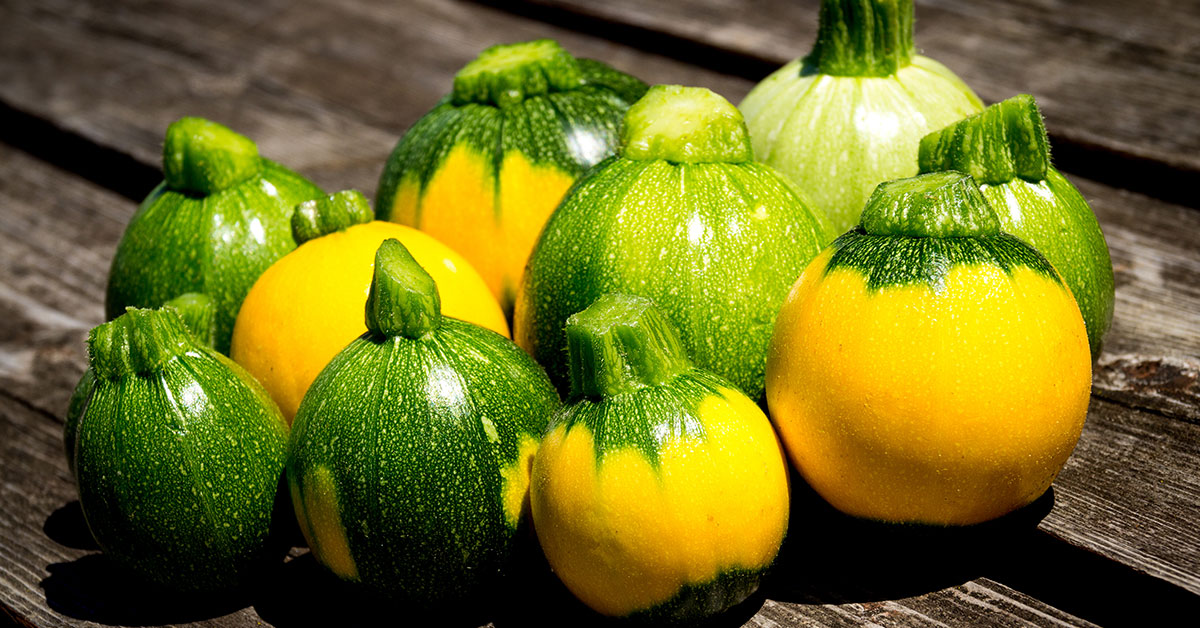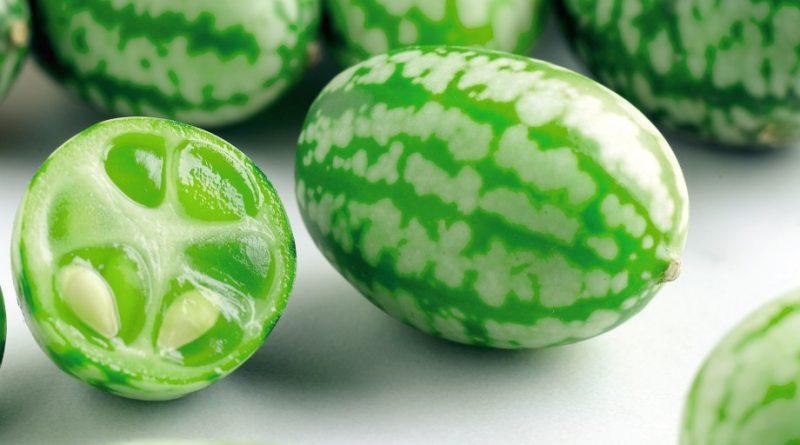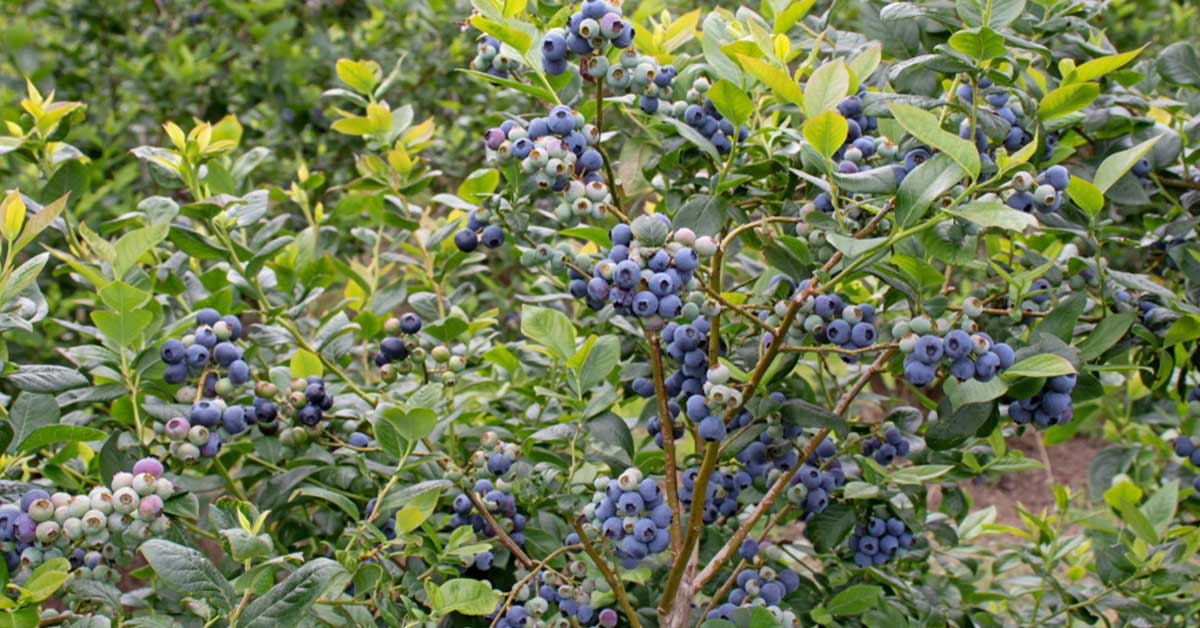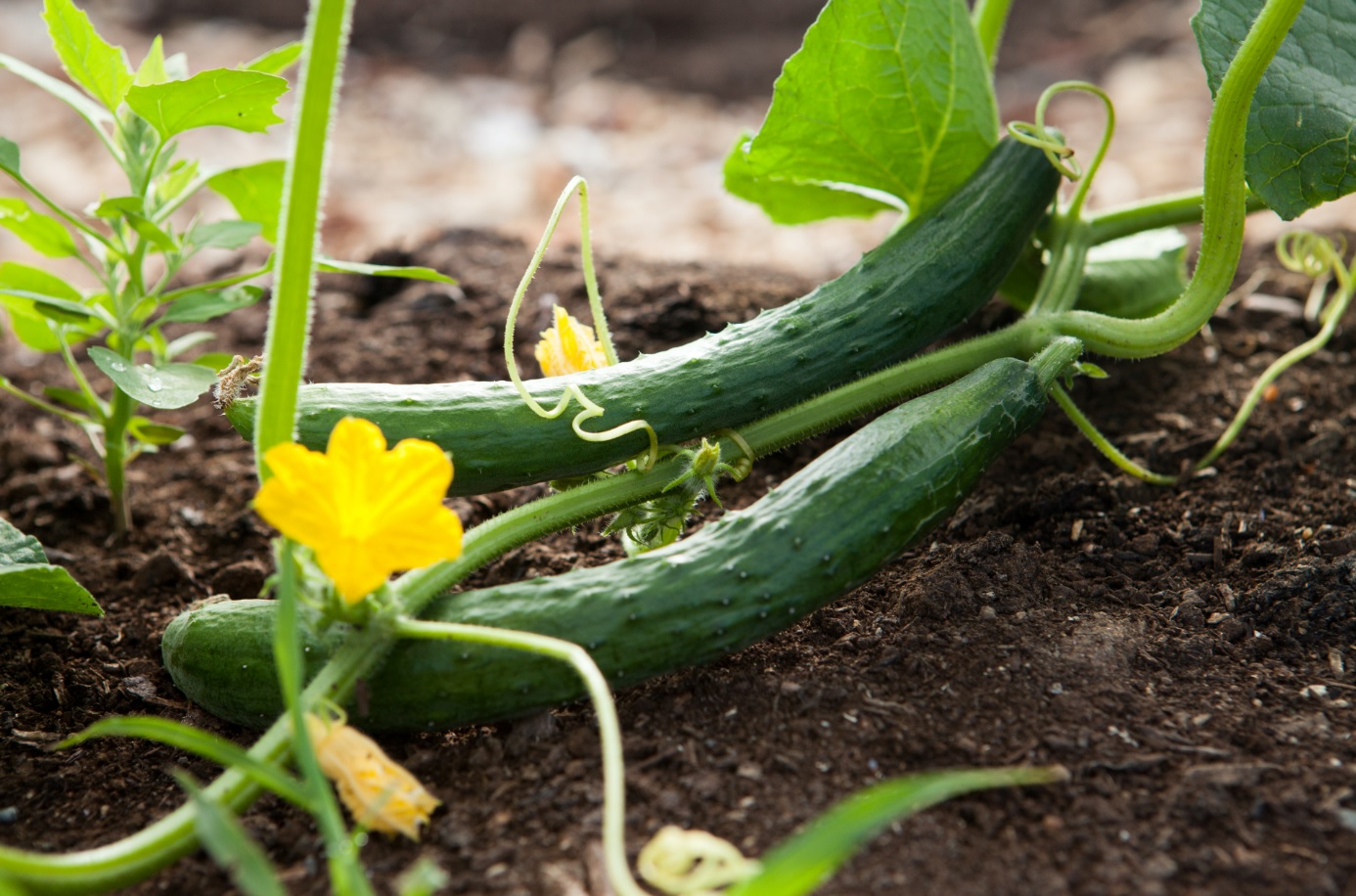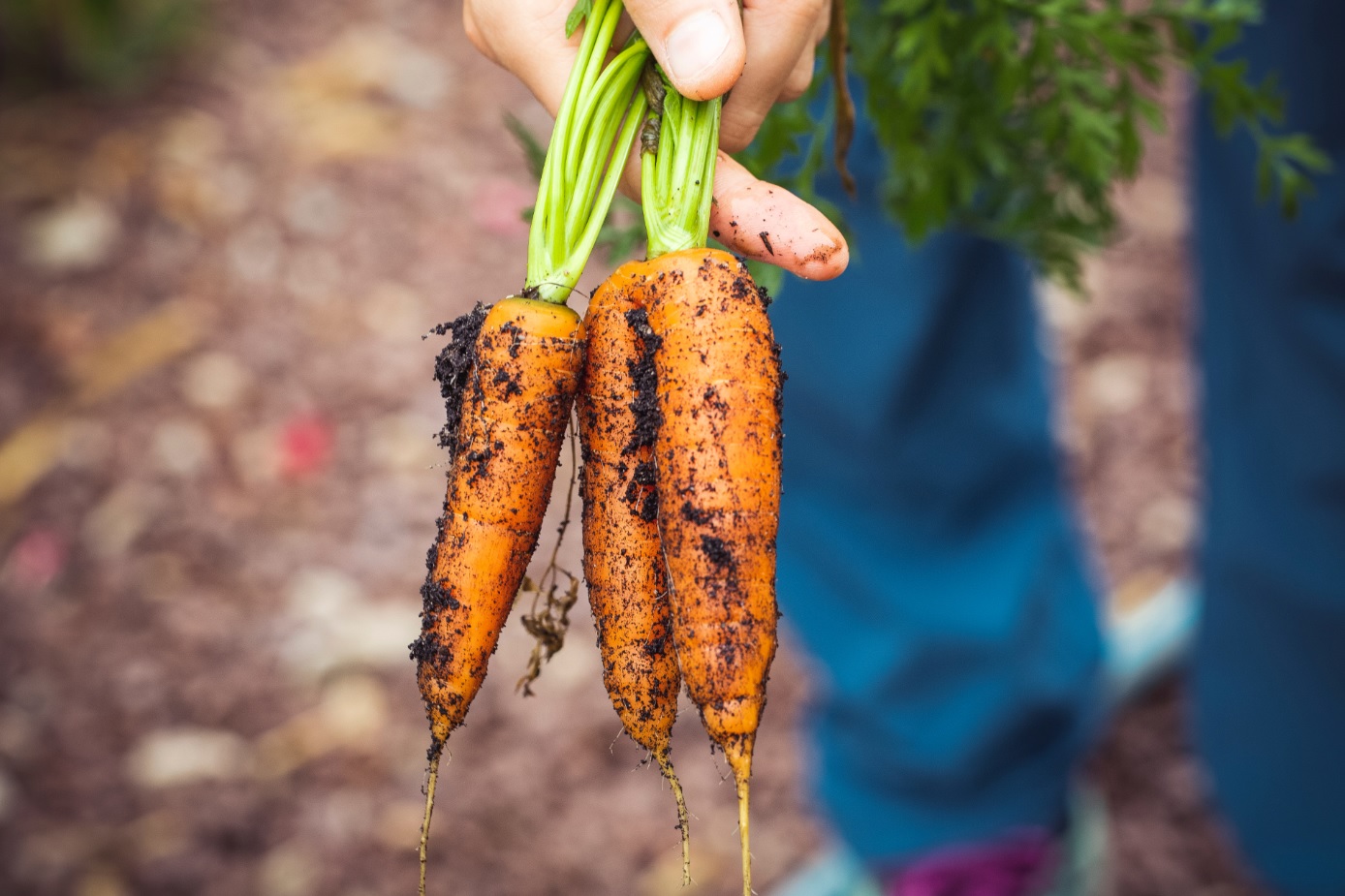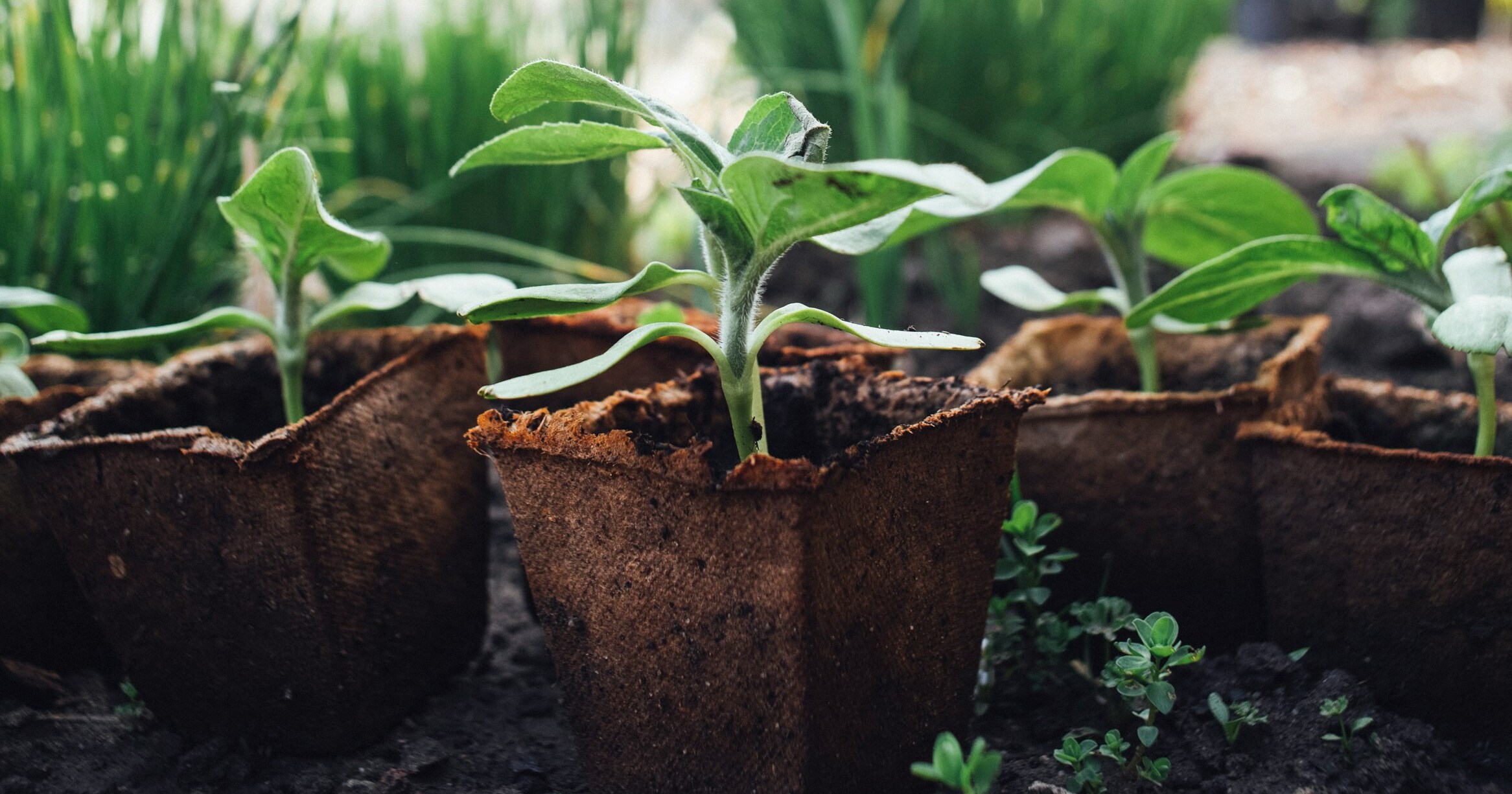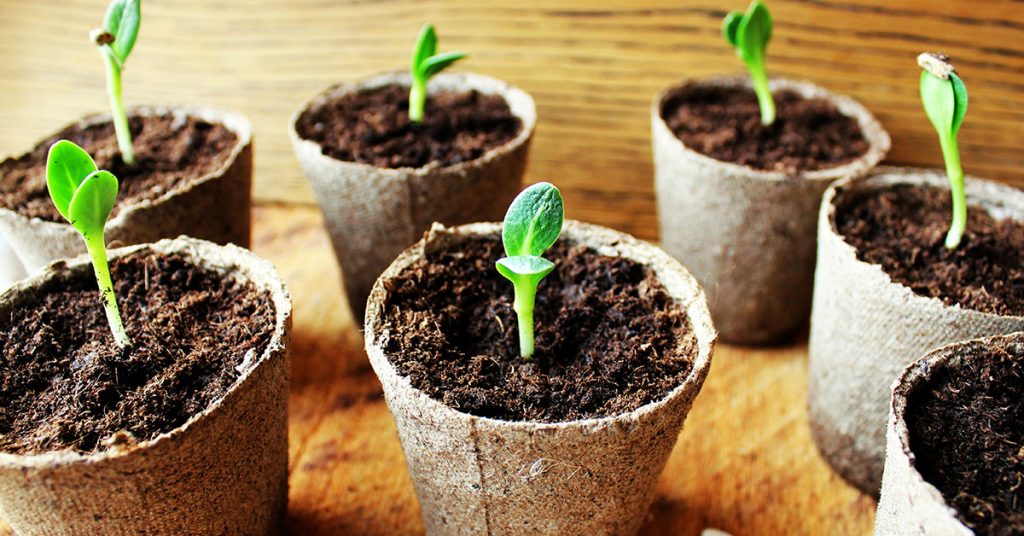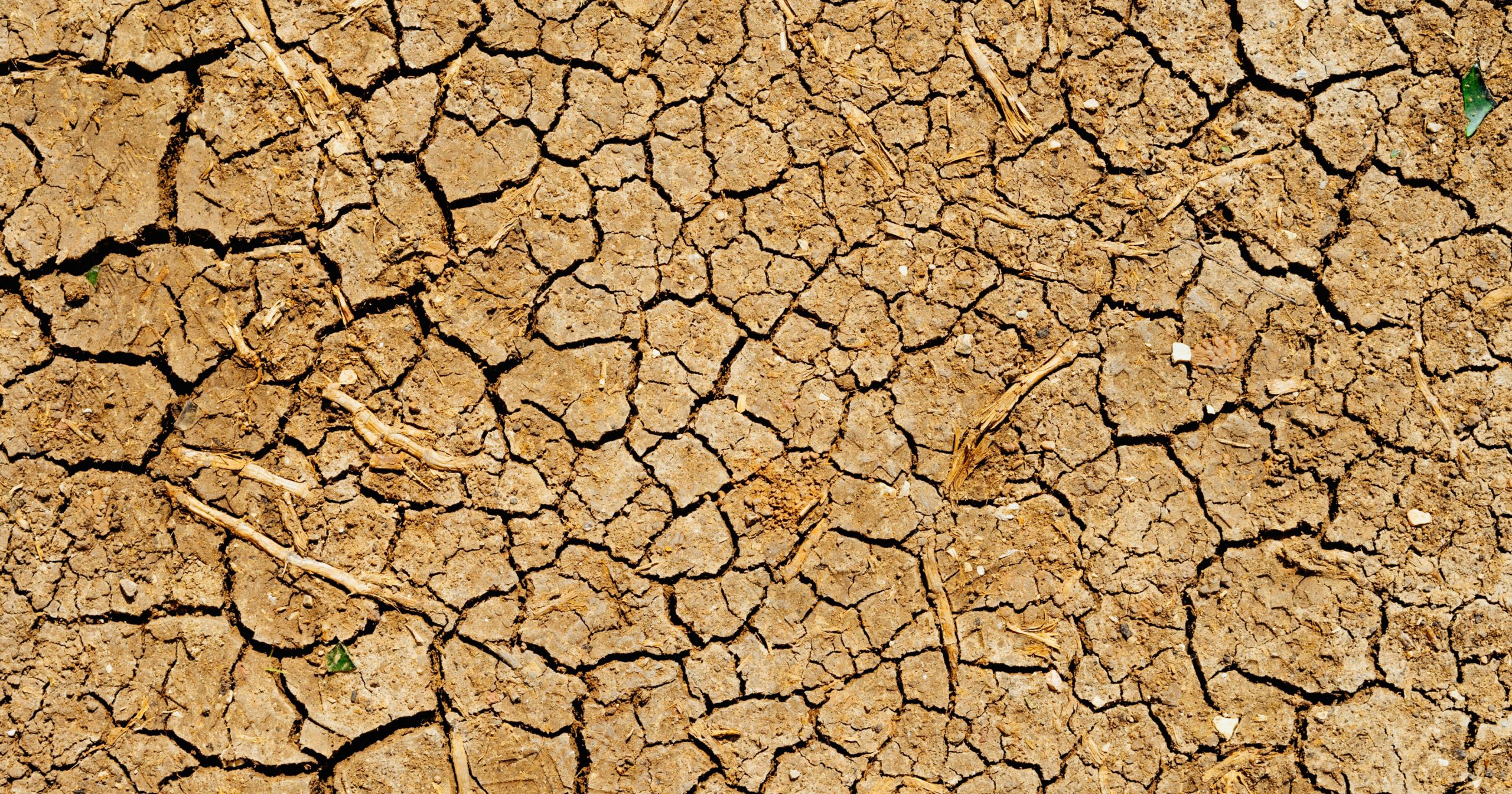Gardening in small spaces can be a challenge, but it doesn’t mean you have to sacrifice variety or productivity. With the right choice of compact vegetable varieties, you can enjoy a bountiful harvest even in the tiniest of spaces. Whether you’re gardening on a balcony, in a small backyard, or using containers, there are plenty of vegetables that thrive in confined areas.
In this article, I’ll introduce you to ten fantastic vegetables that are perfect for small spaces. These compact varieties are not only space-efficient but also easy to grow and incredibly rewarding. Let’s explore these wonderful plants that can turn your limited garden space into a productive and beautiful oasis!
Cherry Tomatoes
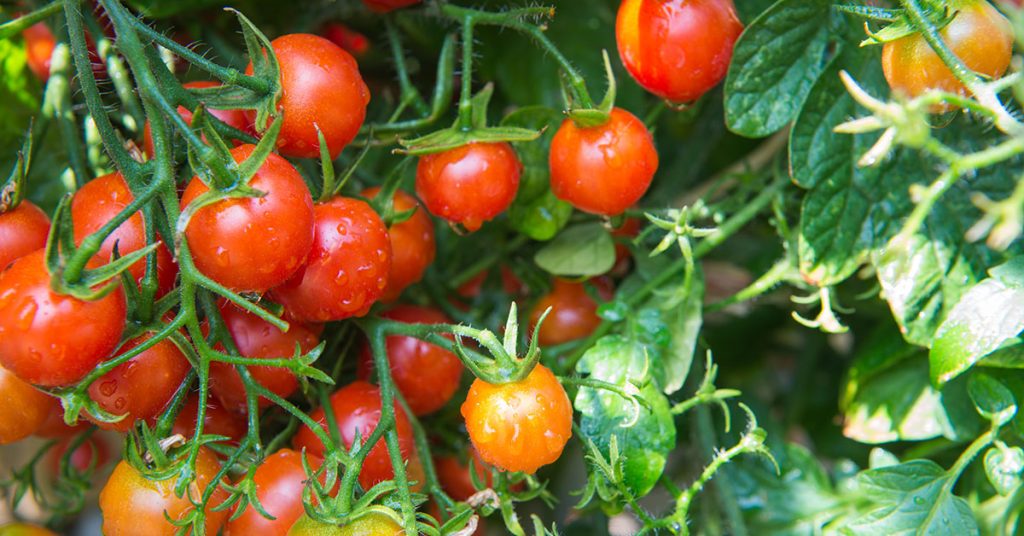
Cherry tomatoes are a delightful and productive option for small spaces. They can be grown in containers, hanging baskets, or small garden beds, making them incredibly versatile. These tiny, flavorful tomatoes are not only delicious but also prolific, producing abundant clusters of fruit throughout the growing season. One of my favorite cherry tomato varieties is ‘Sweet 100,’ known for its sweetness and high yield.
To grow cherry tomatoes in small spaces, choose compact or determinate varieties and provide them with a sturdy support system, such as a cage or trellis. Plant them in rich, well-draining soil and ensure they receive plenty of sunlight—at least six hours a day. Regular watering and occasional feeding with a balanced fertilizer will keep your plants healthy and productive. Enjoy fresh cherry tomatoes in salads, as snacks, or roasted for a burst of flavor!
Radishes
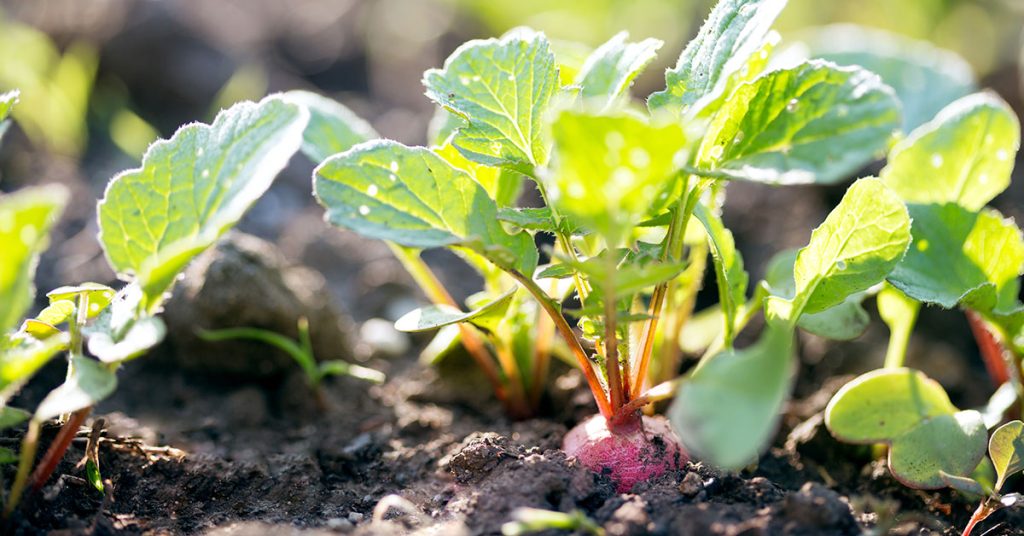
Radishes are one of the quickest and easiest vegetables to grow in small spaces. They mature rapidly, often ready for harvest within 25-30 days of planting. This makes them perfect for those who want a quick turnaround and a continuous supply of fresh produce. Radishes can be grown in shallow containers, window boxes, or small garden beds.
Plant radish seeds directly into well-draining soil, spaced about an inch apart. They thrive in full sun but can also tolerate partial shade. Regular watering is essential to keep the soil consistently moist and prevent the roots from becoming tough and woody. Radishes are fantastic in salads, as garnishes, or simply enjoyed fresh with a bit of salt. Their vibrant colors and peppery flavor make them a delightful addition to any small garden.
Spinach
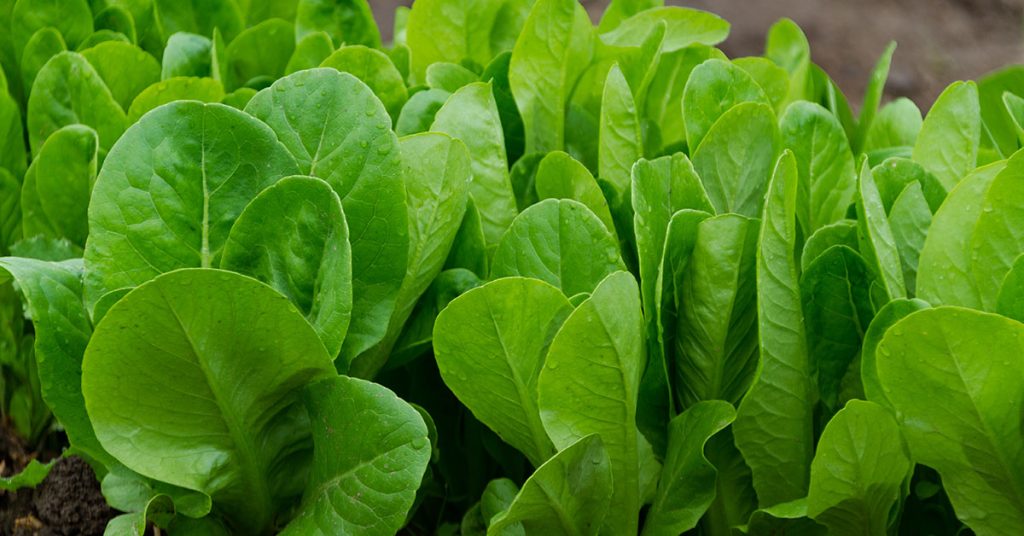
Spinach is a nutritious leafy green that’s perfect for small space gardening. It grows quickly and can be harvested continuously, providing a steady supply of fresh leaves. Spinach can be grown in containers, raised beds, or even small patches of garden space. One of my favorite varieties is ‘Baby Leaf,’ which produces tender, delicious leaves ideal for salads and cooking.
To grow spinach, plant seeds or seedlings in well-draining soil with plenty of organic matter. Spinach prefers cooler temperatures and partial shade, especially in warmer climates. Water regularly to keep the soil moist and prevent bolting, which occurs when the plant goes to seed prematurely. Harvest the outer leaves first, allowing the inner leaves to continue growing. Spinach is a versatile green that can be used in salads, smoothies, sautés, and more!
Carrots
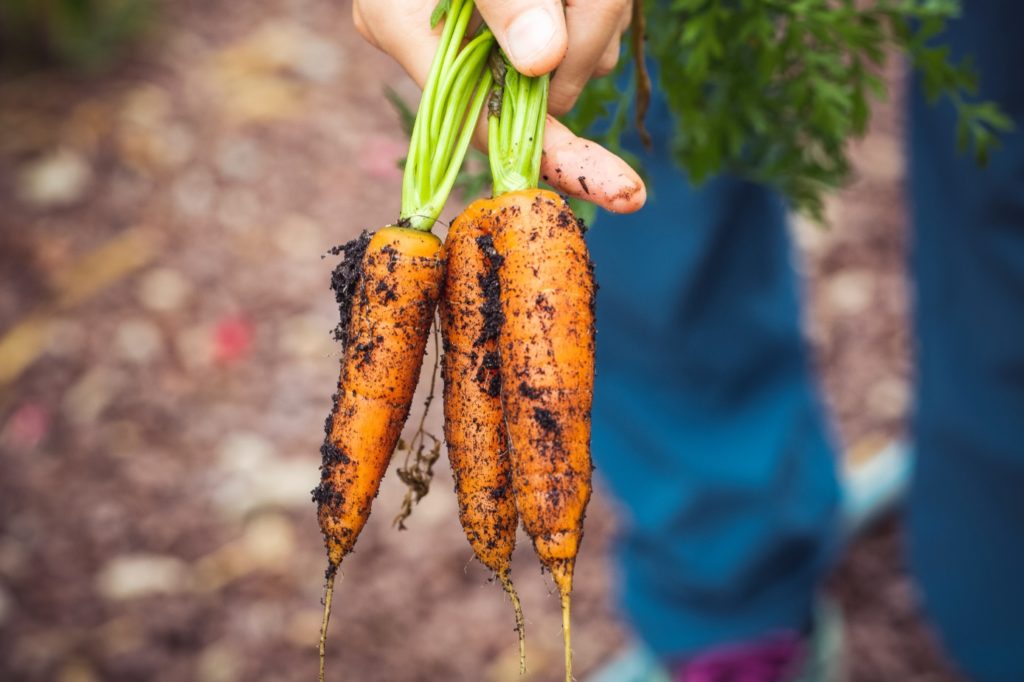
Carrots are a root vegetable that can be easily grown in small spaces, especially when choosing shorter varieties like ‘Paris Market’ or ‘Thumbelina.’ These compact carrots are perfect for container gardening or small garden beds, producing sweet, crunchy roots that are a joy to harvest and eat. Growing carrots in small spaces is not only possible but also highly rewarding!
Plant carrot seeds in loose, well-draining soil, free of rocks and debris, to allow the roots to grow straight and true. Carrots prefer full sun but can tolerate partial shade. Keep the soil consistently moist to prevent the roots from becoming tough. Thin the seedlings to provide enough space for each carrot to develop properly. Carrots can be enjoyed fresh, cooked, or juiced, making them a versatile addition to your small garden.
Lettuce
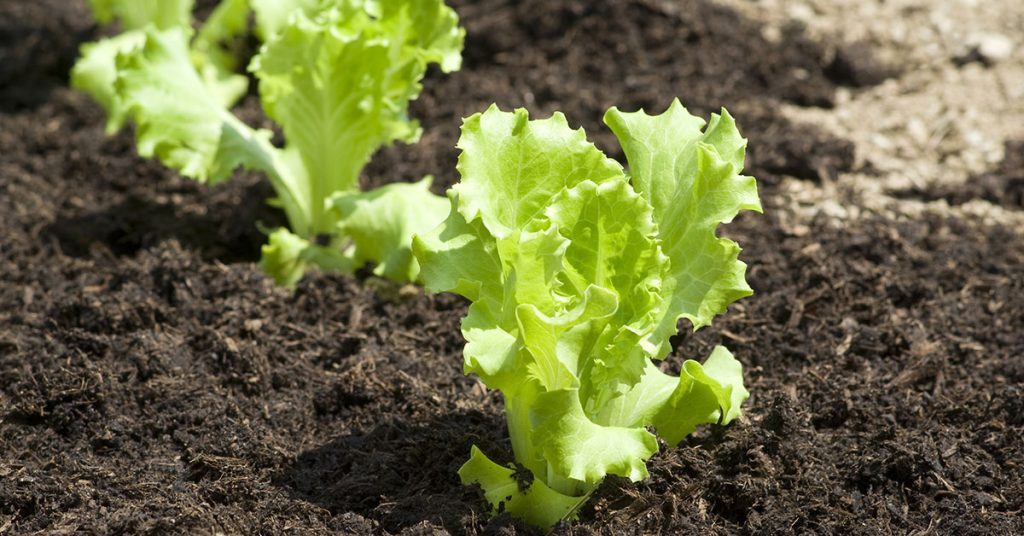
Lettuce is an excellent choice for small-space gardening due to its compact growth habit and quick maturity. There are many varieties of lettuce, including loose-leaf, butterhead, and romaine, all of which can be grown in containers or small garden beds. One of the best things about lettuce is its ability to be harvested as a “cut and come again” crop, providing multiple harvests from a single planting.
To grow lettuce, plant seeds or seedlings in rich, well-draining soil. Lettuce prefers cooler temperatures and partial shade, making it ideal for spring and fall gardening. Water regularly to keep the soil moist but not waterlogged. Harvest outer leaves as needed, allowing the inner leaves to continue growing. Fresh, homegrown lettuce is perfect for salads, sandwiches, and wraps, offering a crisp and refreshing flavor.
Bush Beans
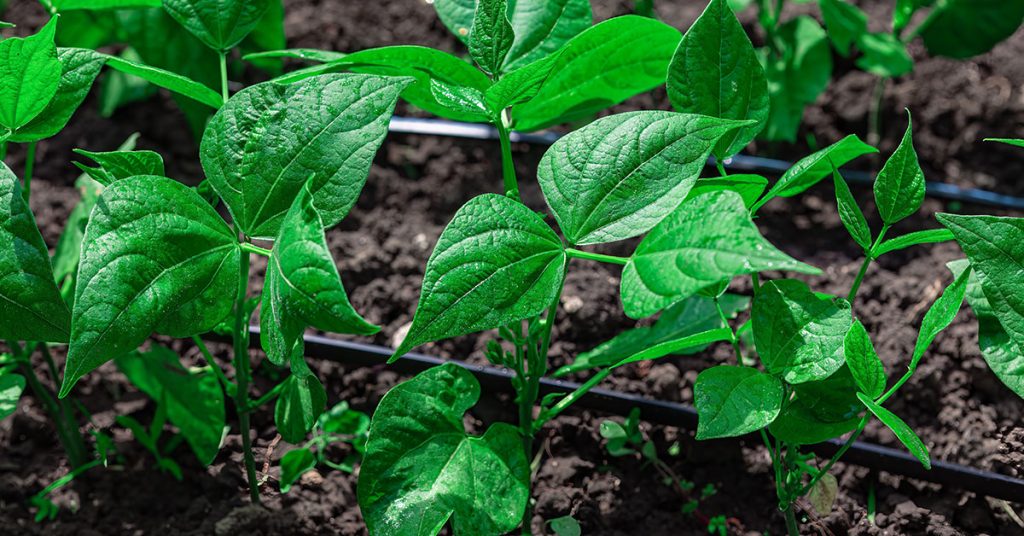
Bush beans are a compact and productive option for small spaces. Unlike their pole bean counterparts, bush beans grow in a more contained, bush-like form, making them suitable for containers and small garden beds. Varieties like ‘Provider’ or ‘Contender’ are excellent choices, producing tender, flavorful beans that are easy to harvest.
Plant bush bean seeds directly into well-draining soil after the last frost. They prefer full sun and should be watered regularly to keep the soil moist. Bush beans typically mature in about 50-60 days, providing a quick and abundant harvest. Regular picking encourages the plants to produce more beans. Enjoy bush beans steamed, sautéed, or fresh from the garden—they are a versatile and delicious addition to any meal!
Beets
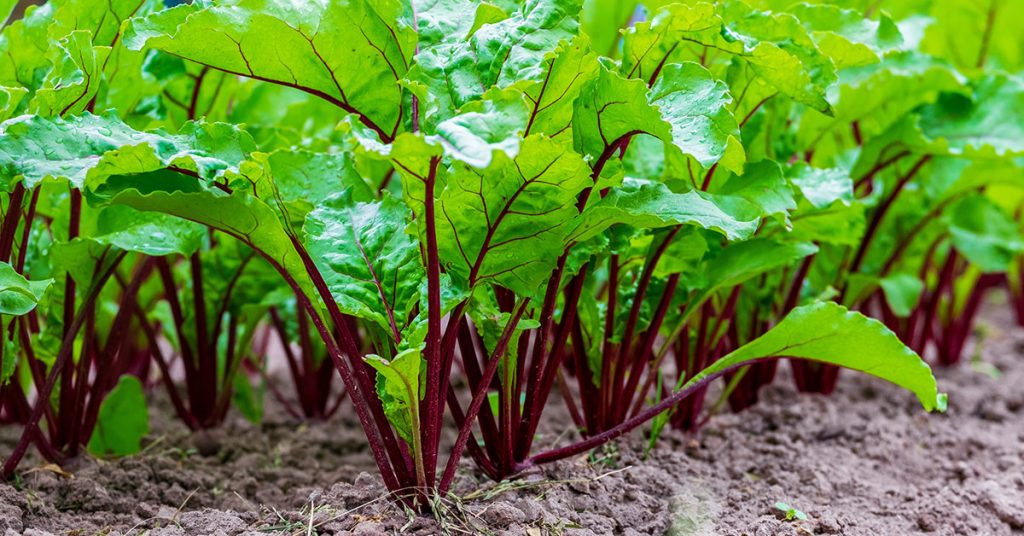
Beets are a fantastic root vegetable for small-space gardening. They grow well in containers and small garden beds, providing both nutritious greens and sweet, earthy roots. Varieties like ‘Detroit Dark Red’ or ‘Golden’ are perfect for compact spaces, offering beautiful colors and flavors.
Plant beet seeds directly into well-draining soil, spaced about 2-3 inches apart. Beets prefer full sun but can tolerate partial shade. Keep the soil consistently moist to ensure proper root development. Thin the seedlings to give each beet enough space to grow. Harvest the greens early for salads and let the roots mature fully for roasting, boiling, or pickling. Beets are a versatile crop that adds color and nutrition to your garden and meals.
Peas
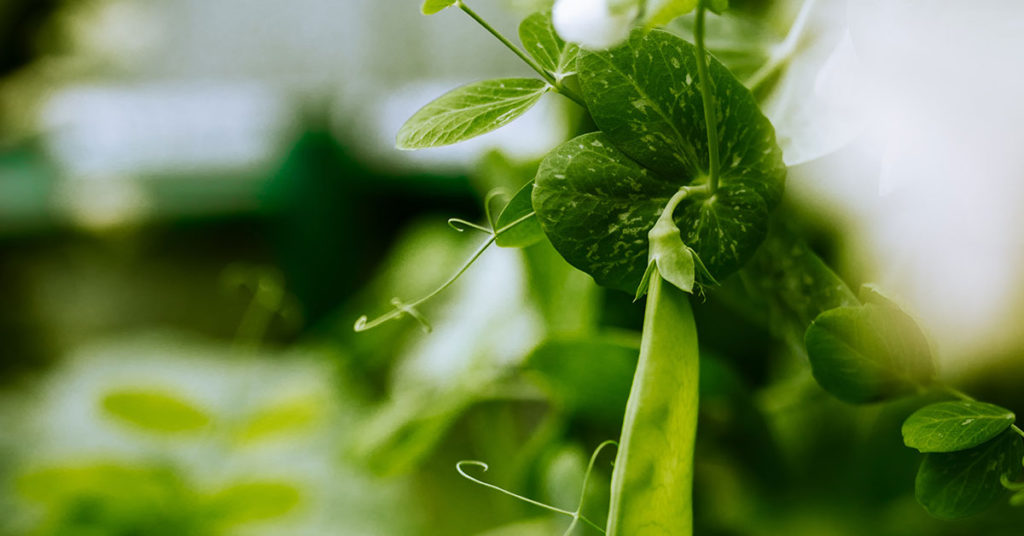
Peas are a delightful vegetable that can be grown in small spaces using trellises or supports. Both snap peas and shelling peas are excellent choices for container gardening or small garden beds. Peas not only provide delicious pods but also fix nitrogen in the soil, benefiting the overall health of your garden.
Plant pea seeds directly into well-draining soil in early spring or fall, as they prefer cooler temperatures. Provide a trellis or support for the vines to climb, which helps save space and makes harvesting easier. Water regularly to keep the soil moist. Peas typically mature in about 60-70 days, producing an abundant harvest. Enjoy fresh peas straight from the garden, in salads, or cooked in a variety of dishes.
Swiss Chard
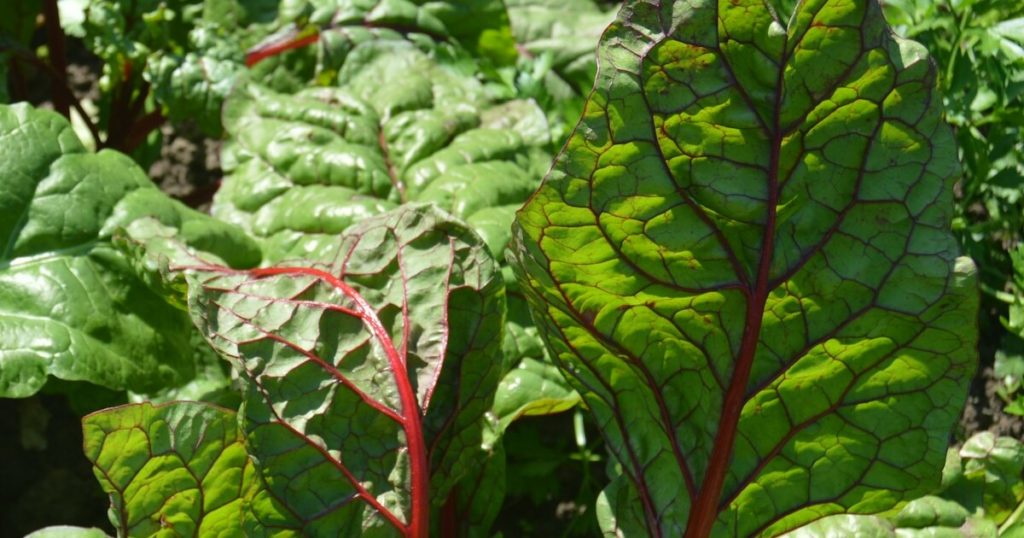
Swiss chard is a leafy green that’s both nutritious and beautiful, making it a great choice for small-space gardening. With its vibrant, colorful stems and large, crinkly leaves, Swiss chard can add visual appeal to your garden while providing a continuous harvest of tasty greens. Varieties like ‘Bright Lights’ are particularly striking and productive.
Plant Swiss chard seeds or seedlings in well-draining soil with plenty of organic matter. Swiss chard thrives in full sun to partial shade and is quite tolerant of different growing conditions. Water regularly to keep the soil moist. Harvest the outer leaves as needed, allowing the plant to continue producing new growth. Swiss chard can be used in salads, sautés, soups, and more, offering a versatile and nutritious addition to your garden and diet.
Scallions
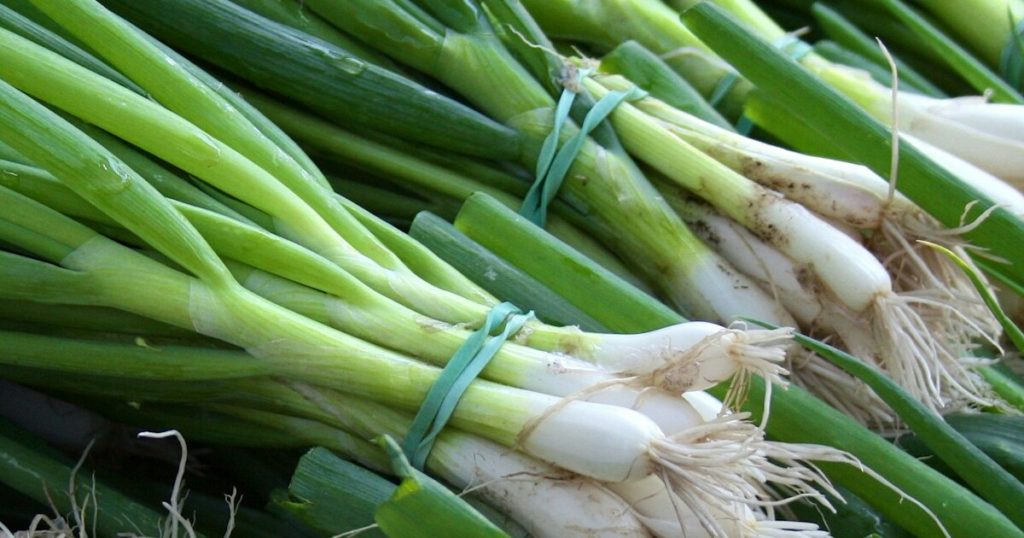
Scallions, also known as green onions, are a compact and versatile vegetable perfect for small spaces. They can be grown in containers, window boxes, or small garden beds, providing a continuous supply of fresh, mild-flavored onions. One of my favorite things about scallions is their ability to regrow after cutting, offering multiple harvests from a single planting.
Plant scallion seeds or sets in well-draining soil, spaced about an inch apart. Scallions prefer full sun but can tolerate partial shade. Water regularly to keep the soil consistently moist. Harvest scallions when they reach about 6-8 inches in height by pulling them up or cutting them at the base. Enjoy them fresh in salads, as a garnish, or cooked in a variety of dishes. Their mild flavor and crisp texture make them a delightful addition to any meal.


